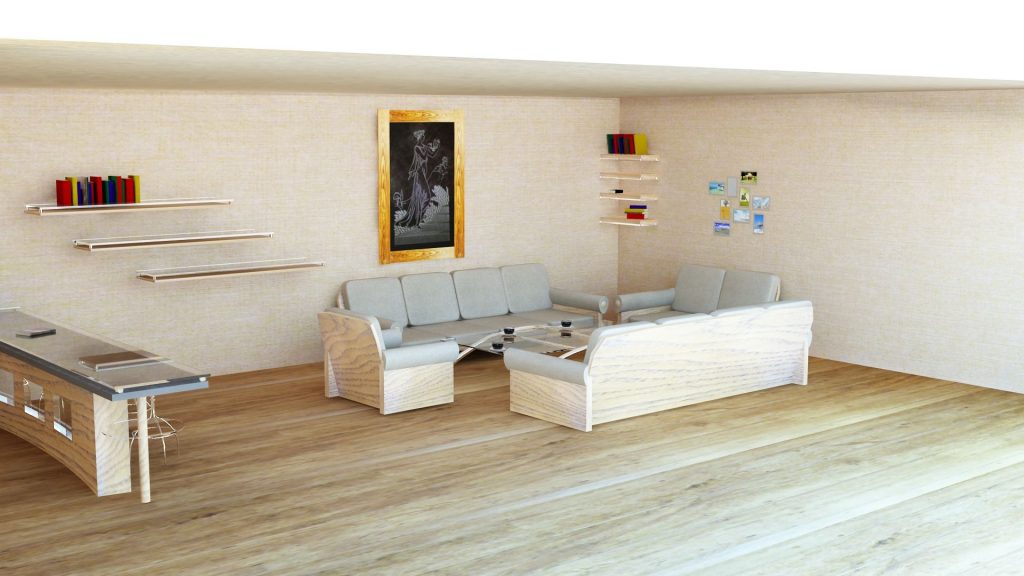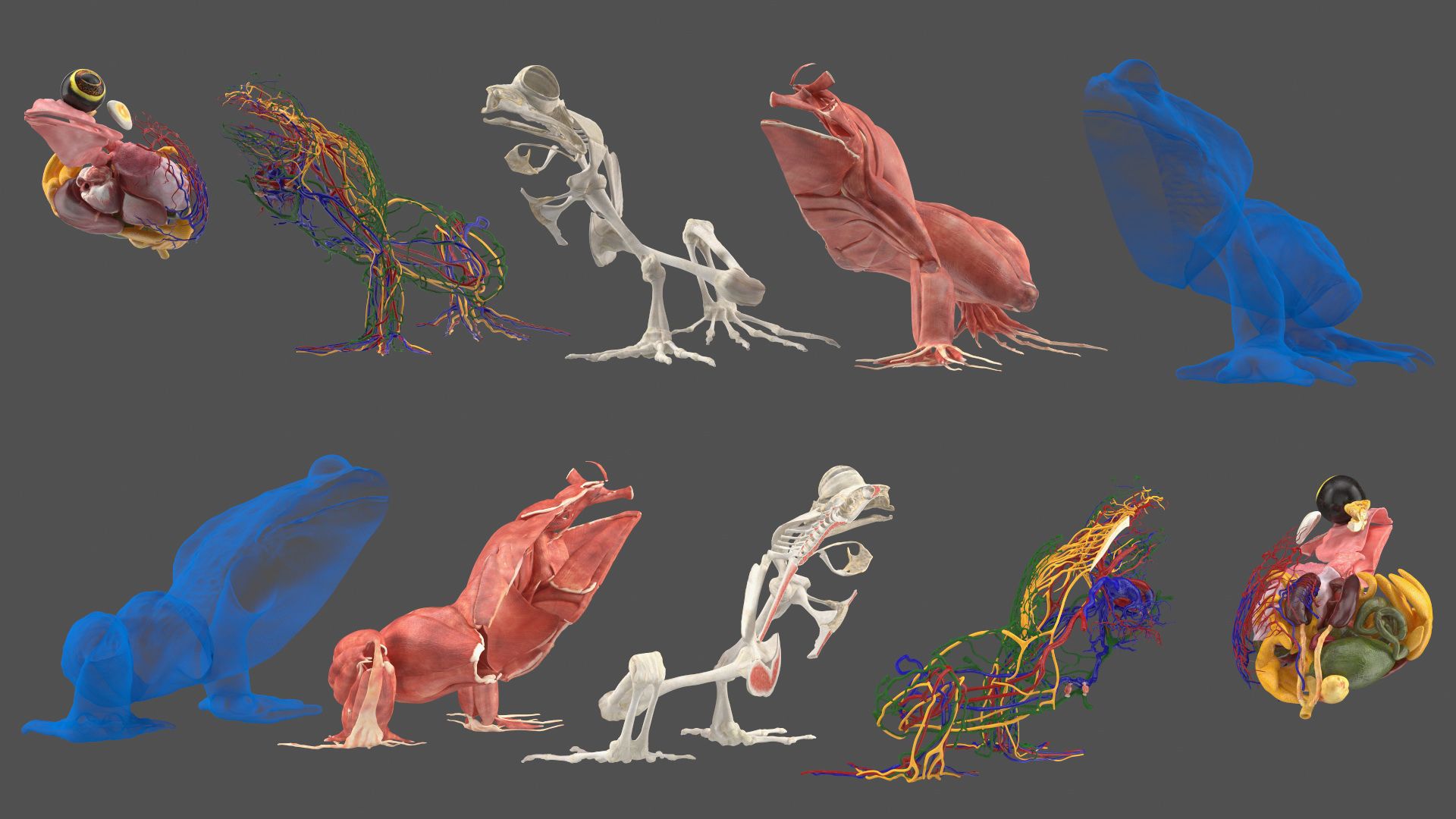
Achieving Sustainability in 3D Design: How To Guide
In the era of swift technological advancement, sustainability often serves as a pivotal factor influencing the design and manufacturing realms, and certainly, the field of 3D design is no exception. As our understanding of the environmental impact broadens, adopting sustainable practices becomes imperative. This ‘how-to’ guide aims to provide insights on how to infuse sustainability into your 3D design process.

1. Choose Eco-friendly Materials:
The cornerstone of sustainable 3D designs lies in the choice of materials. Biodegradable filaments such as PLA (Polylactic Acid) are an environment-friendly alternative to traditional filaments. Made from plant-based resources, they decompose naturally over time. Recycled filaments are another green choice, converting waste into reusable material.
2. Optimize Your Design:
Adopting efficient design strategies can substantially reduce wastage. Lean design principles can minimize material consumption without compromising the design’s integrity. For intricate designs, consider modular designs that can be printed in parts and assembled, saving print time and reducing the utilization of support structures, thus minimizing material usage.
3. Consider Lifecycle Design Strategies:
A product’s environmental impact extends beyond its production or usage stage; it spans the entire lifecycle, from material extraction to final disposal. Designing for longevity ensures products last longer, reducing the need for replacements. Design for disassembly or upgradability ensures the component parts can be replaced or upgraded instead of discarding the entire product.
4. Energy Efficiency:
3D printers consume electricity, and their energy efficiency varies depending on the model and usage. High-end professional printers often require a significant amount of energy. However, choices like setting the right temperature and turning off the printer when not in use can contribute to energy conservation. Solar-powered 3D printers, though still in the nascent stages, represent an exciting potential for truly sustainable printing.
5. Waste Management:
Keeping your workspace organized and efficiently managing waste materials can go a long way in promoting sustainability. Used filaments or failed prints can be recycled or repurposed instead of being mindlessly disposed of.
6. Sustainable Packaging:
Upon completion of your 3D printed products, opting for eco-friendly or minimalist packaging reduces waste and underscores your commitment to sustainability.
7. Education and Advocacy:
Creating awareness about sustainable practices in 3D designing is equally crucial. Whether you’re a teacher, a business owner, or a hobbyist, sharing knowledge and advocating sustainable practices can create a ripple effect, influencing more people to adopt these practices.

Embracing sustainability in 3D design is a multi-faceted process, encompassing choice of materials, efficient design practices, energy use, and waste management. These practices not only contribute towards environmental conservation but also can lead to cost savings in the long run. Remember, every small step counts. Embarking on this journey might appear daunting initially, but the benefits reaped for our planet and future generations make every effort worthwhile. Let’s design a brighter, greener, more sustainable future, one layer at a time.



